Irezumi, often recognized by its intricate and vibrant designs that often cover large expanses of the body, is far more than just body art; it is a profound cultural expression deeply rooted in Japanese history and philosophy. The term itself, translating to “insert ink” or “ink insertion,” encapsulates the essence of this ancient practice. Historically, Japanese tattoos were associated with various social strata, from marks of societal outcasts and criminals to symbols of protection and spiritual significance for warriors and monks. Today, Irezumi stands as a testament to enduring artistry, a complex visual language that speaks of bravery, loyalty, beauty, and the human condition. Understanding Irezumi means delving into a rich tapestry of symbolism, meticulous craftsmanship, and a history that continues to fascinate and inspire tattoo enthusiasts worldwide.
What is Irezumi? unpacking the meaning and symbolism behind Japanese tattoos
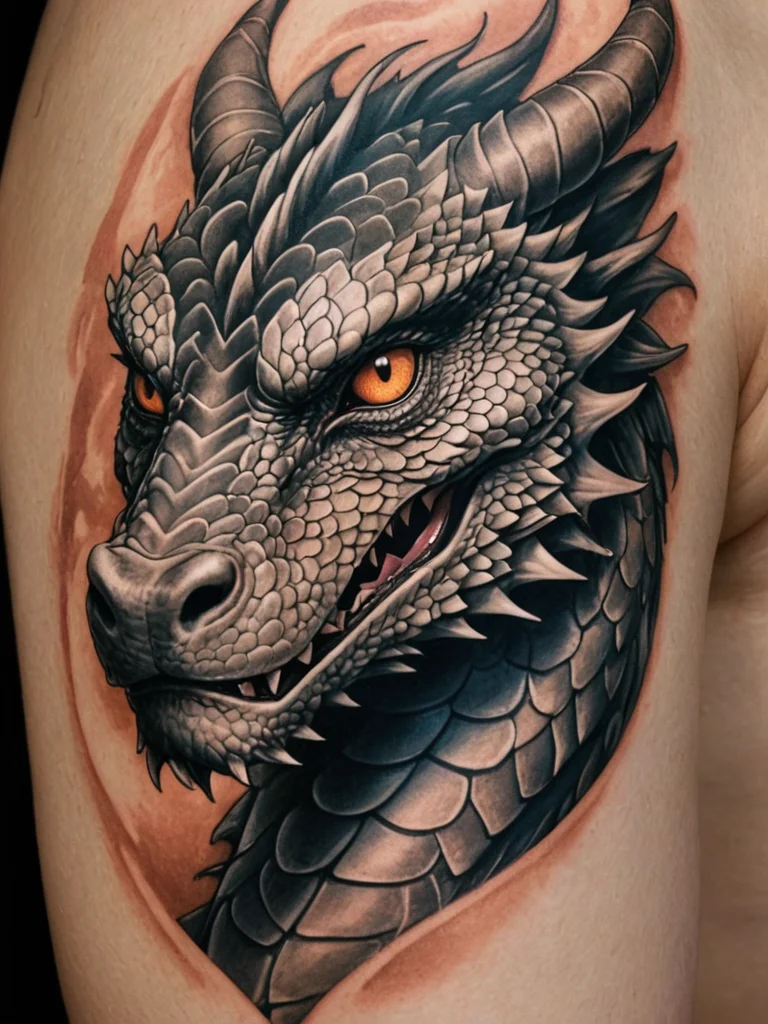
The term ‘Irezumi’ is the most common and encompassing word used to refer to traditional Japanese tattooing. However, other terms like ‘horimono’ (carving into the flesh) are also used, particularly by practitioners and connoisseurs. At its core, Irezumi is an art form characterized by its bold outlines, rich color palettes, and often extensive, flowing designs that can cover the entire torso, back, arms, and legs, creating a ‘suit’ or ‘gata’. The symbolism inherent in Irezumi is incredibly deep and multifaceted. Each element, from the creatures depicted to the flora and patterns used, carries specific meanings that contribute to a larger narrative or personal statement. These tattoos are not merely decorative; they are imbued with cultural, mythological, and personal significance, often reflecting the wearer’s character, aspirations, beliefs, or life experiences. The placement and composition of the designs are also crucial, as they are often designed to interact with the body’s natural contours, creating a dynamic and living piece of art. The level of commitment required for Irezumi, both in terms of time and pain tolerance, signifies a profound dedication to the art and its meaning for the individual receiving it.
From ancient rituals to modern art: the evolution of Irezumi history
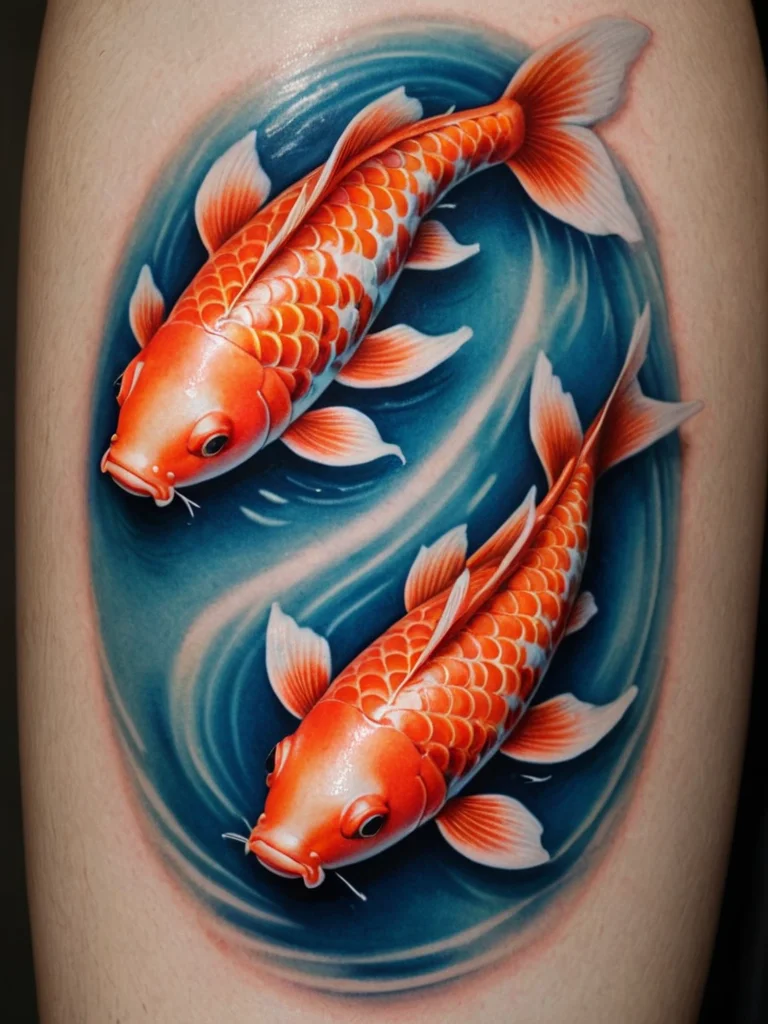
The history of Japanese tattooing stretches back thousands of years, with evidence suggesting its origins lie in ancient rituals and tribal markings. Early forms of tattooing in Japan, known as ‘bakku’ or ‘hakugai’, were often punitive, used to mark criminals and slaves, which unfortunately led to a negative stigma associated with tattoos that persisted for centuries. However, during the Edo period (1603-1868), tattooing began to evolve significantly. While still officially prohibited by the shogunate, it flourished in underground circles, becoming a mark of pride and identity for certain groups, including firefighters (‘hikeshi’) who tattooed symbols of protection and courage onto their bodies, and laborers. This era also saw the rise of ‘Ukiyo-e’, the floating world art movement, which heavily influenced tattoo designs, bringing popular motifs from woodblock prints into the realm of body art. During the Meiji Restoration (1868), Japan opened its borders, and Westernization brought a strict prohibition on tattooing, deemed immoral and uncivilized by the new government. This drove the practice even deeper underground. Despite the ban, skilled tattoo artists continued to practice, refining their techniques and designs. It wasn’t until 1948 that the ban on tattooing was officially lifted, though regulations and societal perceptions continued to influence its practice. The latter half of the 20th century saw a resurgence of interest in traditional Irezumi, both within Japan and internationally, as its artistic merit and cultural significance gained wider recognition. Today, Irezumi is celebrated as a vital part of Japanese cultural heritage and a highly respected art form, practiced by modern masters who uphold the traditions while innovating within the genre.
Mastering the craft: key techniques and tools of Irezumi tattooing
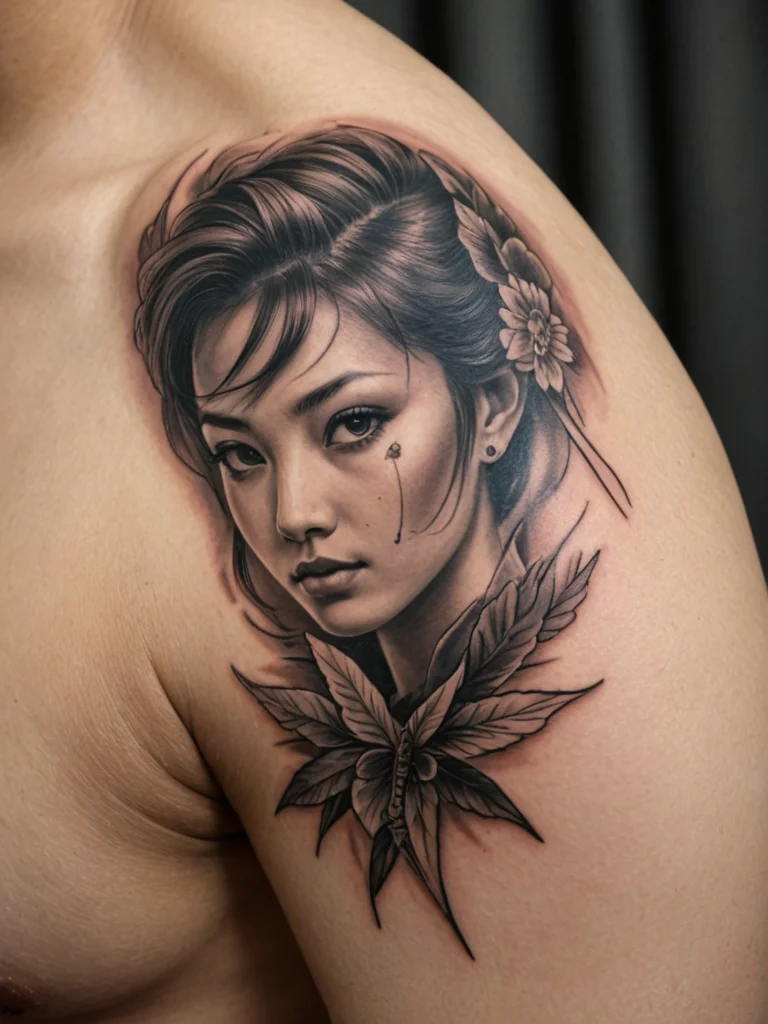
The creation of Irezumi is a demanding process that relies on specialized tools and techniques honed over centuries. Traditional Irezumi is typically applied using hand tools, a method known as ‘tebori’. This involves using long needles attached to a bamboo or wooden handle, which are dipped into ink and then tapped rhythmically into the skin. This method allows for a remarkable level of control and precision, enabling artists to create incredibly fine lines, subtle shading, and vibrant color fills. The process is time-consuming and can be painful, requiring immense endurance from the recipient. The ink used in traditional Irezumi is often a special black ink called ‘sumi’, which is traditionally made from lampblack or soot mixed with natural binders. For color, a palette of vibrant pigments is employed, meticulously mixed to achieve the desired hues. The application process involves multiple sessions, often spanning months or even years, depending on the size and complexity of the design. Artists meticulously plan each piece, considering the flow of the design with the body’s musculature and anatomy. The use of negative space, often the skin itself, is as important as the inked areas, contributing to the overall balance and aesthetic. Modern Irezumi artists may also incorporate electric tattoo machines, often blending them with traditional tebori techniques to enhance efficiency or achieve specific effects. However, the fundamental principles of design, composition, and the deep understanding of symbolism remain central to the practice, regardless of the tools employed. The skill of an Irezumi artist lies not only in their technical proficiency but also in their ability to translate the wearer’s intentions and the rich symbolism of Japanese art into a cohesive and powerful body of work.
Decoding the motifs: popular Irezumi designs and their deep meanings
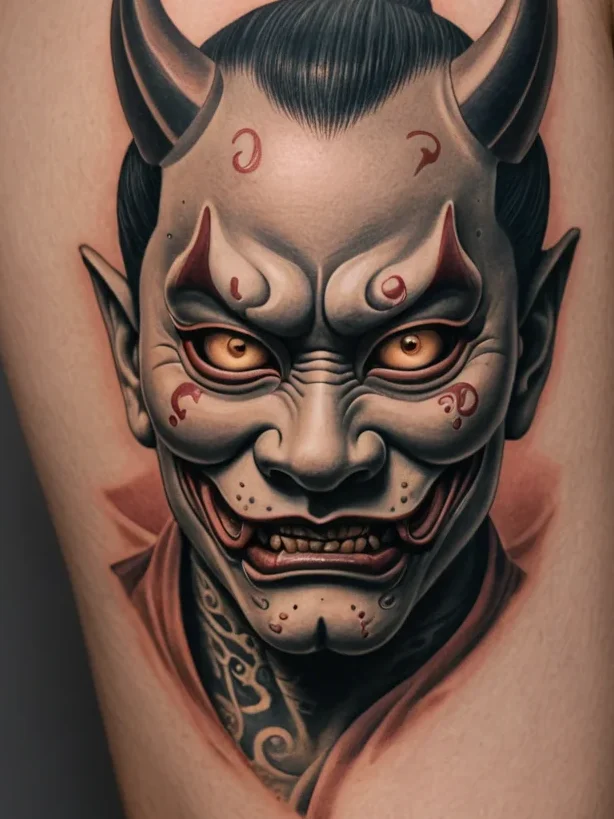
Irezumi is a language of symbols, with each motif carrying profound meanings that contribute to the overall narrative of the tattoo. Understanding these symbols is key to appreciating the depth of this art form. One of the most prevalent motifs is the Dragon. In Japanese culture, dragons are revered as benevolent creatures associated with wisdom, strength, good fortune, and control over water and the elements. They often symbolize power and protection. Koi fish are another ubiquitous symbol. These vibrant carp are depicted swimming upstream, often against strong currents, representing perseverance, courage, and the determination to overcome obstacles. The story of the koi that transformed into a dragon after swimming up a waterfall is a powerful metaphor for achieving one’s goals through relentless effort. Phoenixes, or ‘Hō-ō’, symbolize rebirth, renewal, and triumph over adversity. Their fiery plumage represents resilience and the cyclical nature of life. Tigers, often depicted in fierce poses, embody strength, courage, and protection against evil. In Japanese folklore, tigers are also associated with the elements, particularly wind and water. Hannya masks represent a jealous female demon, symbolizing the destructive power of rage and obsession. The expression on the mask can convey different stages of emotion, from sorrow to fury. Peonies, known as the ‘king of flowers’, symbolize wealth, prosperity, honor, and masculine energy. They are often associated with bravery and a life of glory. Chrysanthemums, the imperial flower of Japan, represent longevity, nobility, and rejuvenation. They are also associated with the autumn season. Cherry blossoms (‘sakura’) embody the ephemeral nature of life – their beauty is breathtaking, but their bloom is short-lived, symbolizing mortality, beauty, and the transient nature of existence. Waves (‘namiji’) are often depicted in dynamic, powerful formations, representing the forces of nature, change, and the struggles of life. Clouds are often used as background elements, symbolizing transition, the heavens, or spiritual realms. The skillful arrangement of these motifs, often interwoven with intricate patterns, floral elements, and symbolic backgrounds, creates a harmonious and meaningful composition that tells a story unique to the wearer.
Getting your own Irezumi: what to consider before and after your Japanese tattoo
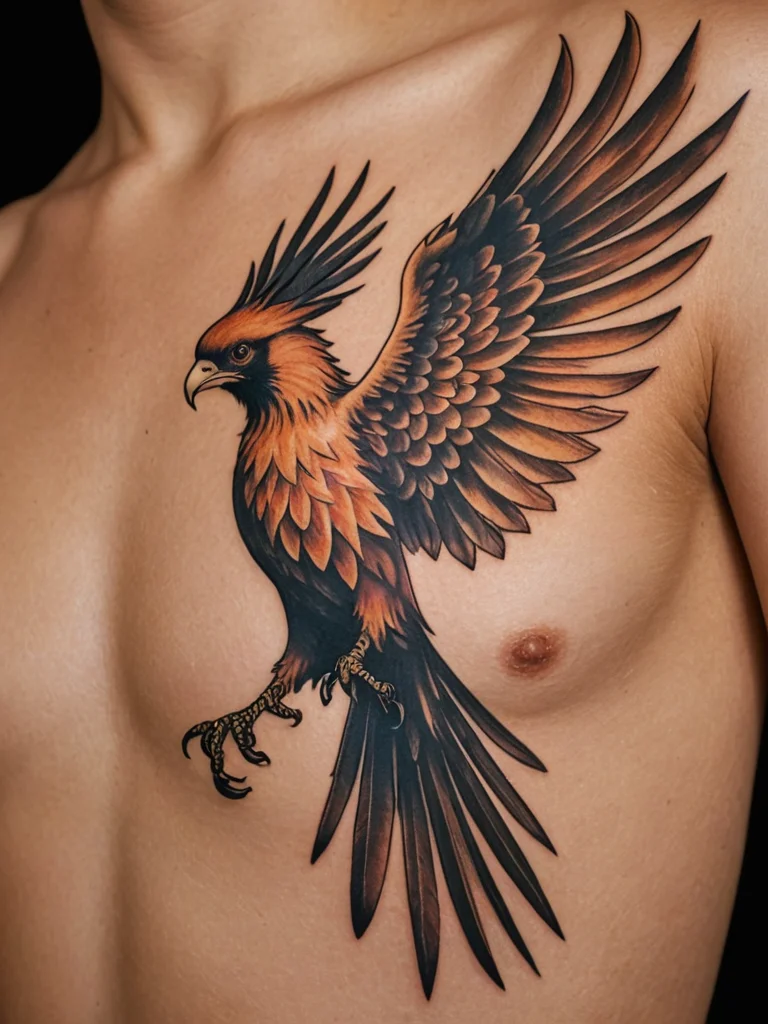
Embarking on the journey to get a traditional Irezumi tattoo is a significant undertaking that requires careful consideration, commitment, and respect for the art form. Firstly, research and choose your artist wisely. Finding a tattoo artist who specializes in Irezumi is paramount. Look for artists with extensive portfolios showcasing their mastery of traditional techniques, color work, and intricate designs. Understanding their style, experience, and the respect they hold for the cultural origins of Irezumi is crucial. Many artists travel or have apprenticeships, so dedicate time to finding the right fit for you. Secondly, understand the symbolism. While aesthetic appeal is important, each element in an Irezumi piece carries meaning. Discuss your intentions and the desired symbolism with your artist. They can help guide you in selecting motifs that resonate with your personal story and aspirations, ensuring a tattoo that is both visually stunning and deeply meaningful. Thirdly, be prepared for the commitment. Traditional Irezumi, especially large-scale pieces, requires multiple, lengthy sessions that can span months or even years. This commitment involves significant time, financial investment, and the ability to endure pain. Discuss the session schedule and expected duration with your artist. Regarding aftercare, meticulous attention is vital for healing and preserving the vibrancy of your tattoo. Your artist will provide specific instructions, but generally, this involves keeping the tattooed area clean and moisturized, avoiding prolonged sun exposure, and refraining from soaking the tattoo in water (like baths or swimming) during the initial healing period. Respect for the process, patience, and open communication with your chosen artist will ensure a rewarding and beautiful experience as you welcome this significant piece of art onto your skin.